A Guide to Semiconductor Tape and Reel Solutions
Semiconductor tape and reel packaging protect your products while processing them as efficiently as possible. However, semiconductors have demanding handling and storage requirements. Learn more about tape and reel semiconductor packaging in this blog, and find the best solution for your needs!
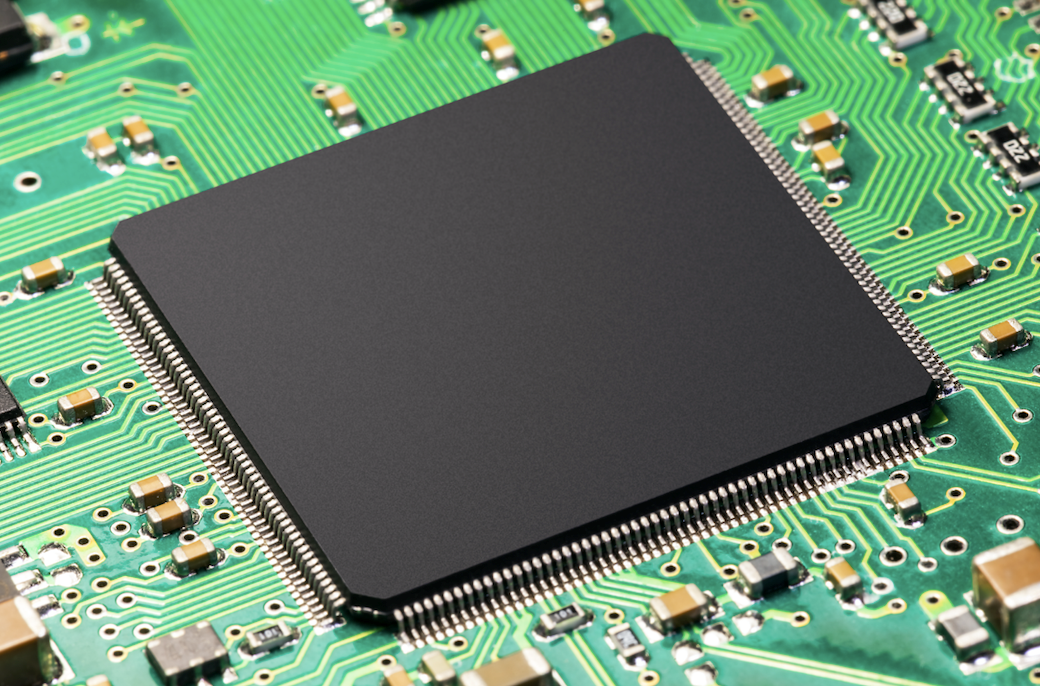 .
. 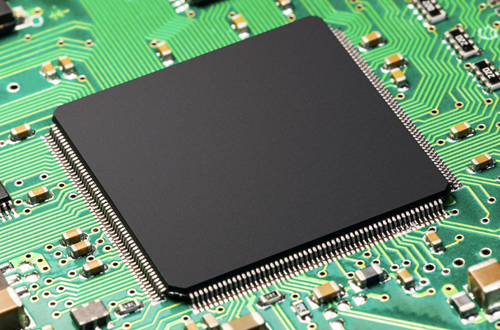
What Is Semiconductor Tape and Reel?
Semiconductor tape and reel packaging are actually no different from other packaging alternatives. They assemble boards quickly and accurately, the only difference is the end product. Given the progress in surface mount technologies, tape and reel technology methods are available in manual and automated processing for accurate component placement.
The different semiconductor tape and reel processings:
- Manual processing can handle unusual part sizes and has a lower risk of downtime or component failure. However, it can be slower and less consistent.
- Automated processing, on the other hand, has a faster turnaround time on orders, is more consistent, and has a higher level of detection error, which can result in higher quality.
When using a semiconductor tape and reel system, component placement machines can place thousands of components accurately in a single hour. To do this, a row of sprocket holes is on one side of the embossed tape so that components can be easily indexed and laid. After that, it is wound onto a thick and hard plastic reel to protect all semiconductor components while they are stored and handled.
How Does Semiconductor Tape and Reel Work?
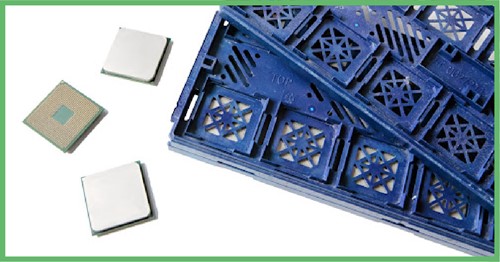
Tape and reel packaging for semiconductor devices also uses a pick-and-place method to transfer the devices. There are three methods to choose from:
Single-Arm Process
The first method is common for medium-throughput tape and reel systems. A vacuum head mounted on a swing arm picks up a semiconductor, and then places the device directly into the carrier tape.
Rotary Process
The second method is better for higher throughput systems. A head-mounted on a rotary turret picks up a device, and the turret moves the device to subsequent stations. This allows for inspection and verification of the semiconductors.
High Volume Processes
Newer methods can achieve even higher volume processing. Systems are configured to handle specific families of devices. They use new techniques for device handling and advanced vision inspection technology. These systems can also achieve higher yields with less downtime.
Choosing a Carrier Tape
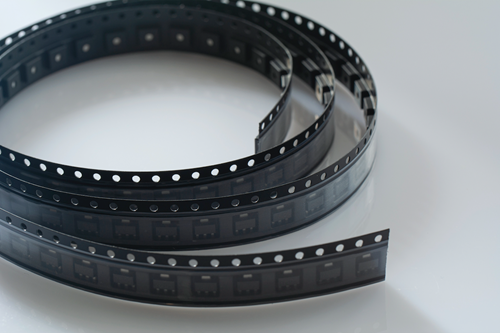
Semiconductors come in many sizes and shapes, and all have different handling requirements. Choose a carrier tape that fits the demands of your product by designing a customized carrier tape with ProEx. Here are the customizations to think about:
Tape Width
Carrier tape comes in a variety of widths to accommodate different-sized electronic components. Standard widths range from 4 mm to 200 mm.
Pocket Size and Spacing
The dimensions of the pockets in the tape must be wide enough for your semiconductor components. You can find carrier tape with cavities designed to accommodate the size of your components. While the spacing between parts on the tape can vary they commonly start at 2 mm and increase from there.
Reel Diameter
The most common sizes for reel diameters are 7" for small parts and 13" for large components. These sizes fit a wide range of parts. Your supplier can provide other sizes if necessary.
Materials
Carrier tape is usually made from paper or plastic. While paper is the least expensive, it offers the lowest level of protection. Two of the most common plastic materials for carrier tape are PS (polystyrene) and PC (polycarbonate). PS is a cost-effective material for larger parts. PC is better for smaller components because it holds its shape well.
Anti-Static Level
Semiconductors need protection from electrostatic damage. Carrier tape comes in three types of anti-static performance: conductive, dissipative, and non-conductive:
- Conductive tape lets electrical current pass through. It provides grounding and shielding for components. It discharges static electricity.
- Dissipative tape or anti-static tape prevents electrostatic discharge. It generates less than 50 volts on unwinding and removal from stainless steel.
- Non-conductive tape doesn't let electricity pass through. It's insulating and provides shielding for components.
Choosing a Cover Tape
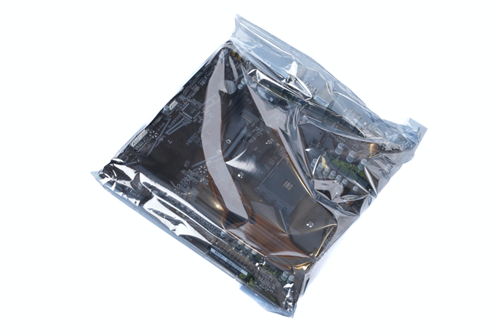
Cover tape has an important role in protecting your semiconductors and minimizing product loss. It also helps components move smoothly through the pick-and-place process mentioned above. Cover tape can be heat activated or pressure activated:
- Heat-activated cover tapes are the most common. They're readily available and are usually the least expensive option. However, the application process can be slow. The force needed to remove the tape can vary and can make components pop out of their pockets during assembly.
- Pressure-sensitive cover tape doesn't require heat since it adheres under pressure. It also has a more uniform peel force which makes the production speed faster and more regular.
Packaging Standards for Semiconductor Tape and Reel
Semiconductor tape and reel packaging have the same standards as the other types of tape and reel packaging. The main principle to keep in mind is the EIA 481 standard. These specifications note the orientation of components in the direction of the feed. They also outline other guidelines that ensure a high-quality end product for the user.
At ProEx, we work to ensure that all EIA 481 standards are met and that production processes are up to date. You don't need to worry about low-quality manufacturing or unsafe boards.
Key Takeaways:
- Semiconductor tape and reel processing are available in manual and automated for accurate component placement.
- ProEx can design customized carrier tape to fit the needs of your semiconductor packaging.
Finding the Right Tape and Reel Services
Semiconductor tape and reel packaging are essential for your products. The right services provider can help you find the processing solutions you need. ProEx uses automated tape and reel systems with 2D and 3D inspection. We are also ISO certified, and all orders meet EIA and JEDEC packaging standards. Contact us today to design your carrier tape and packaging solution!